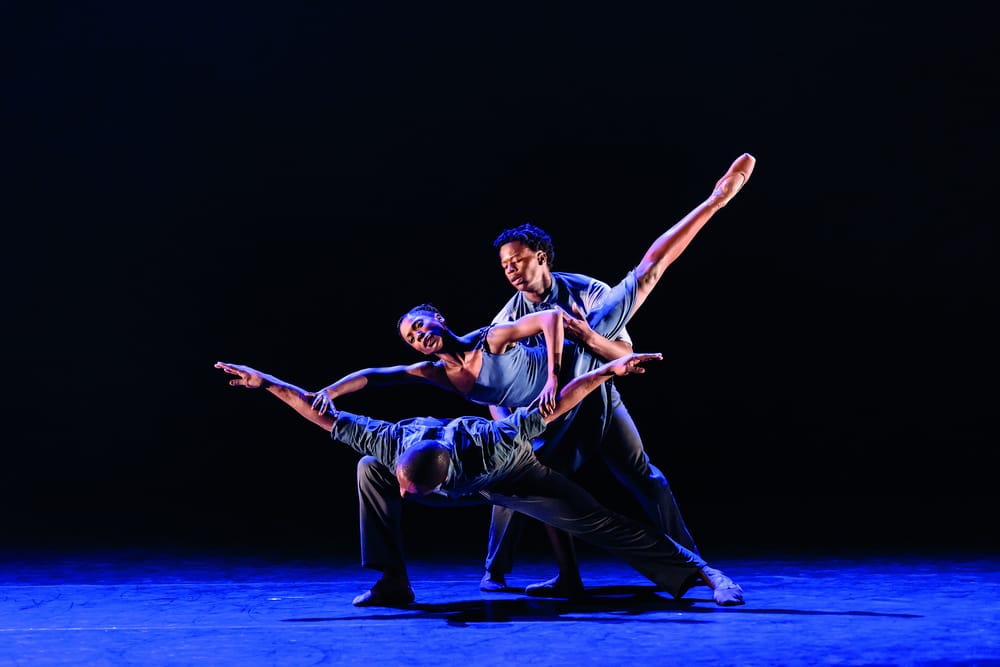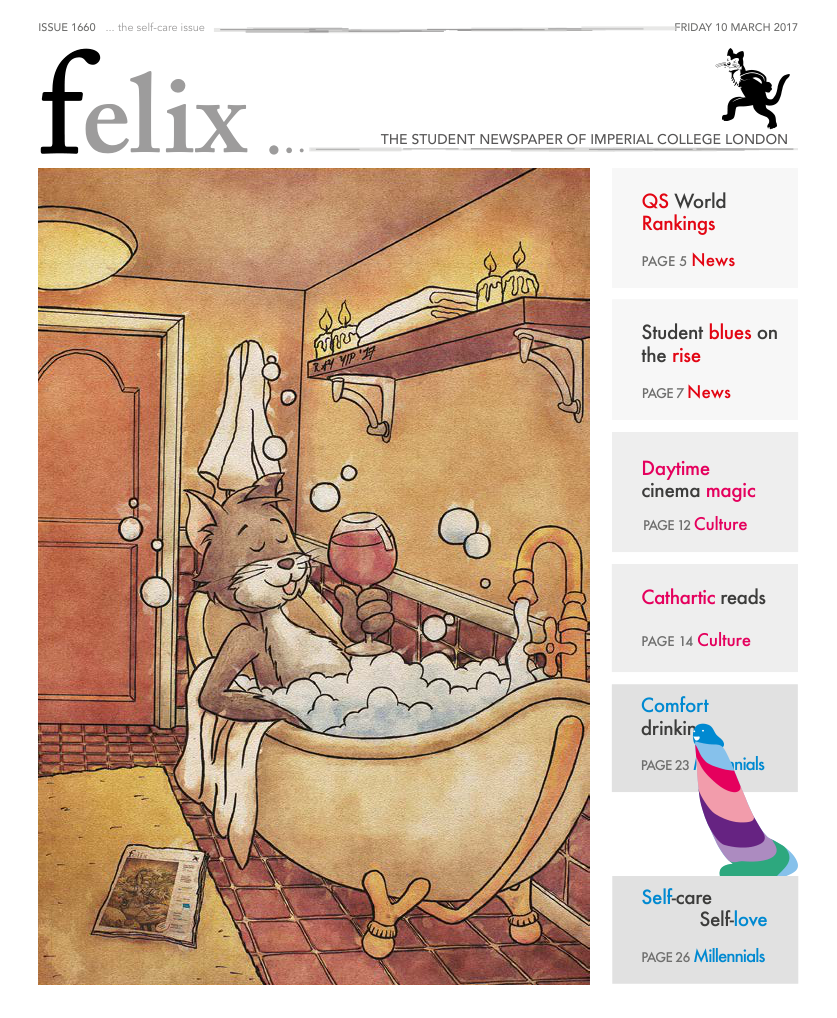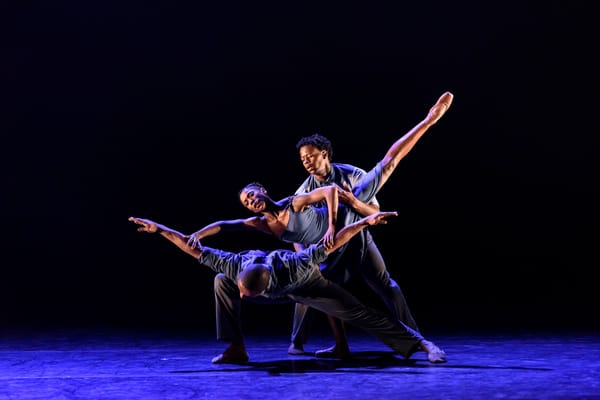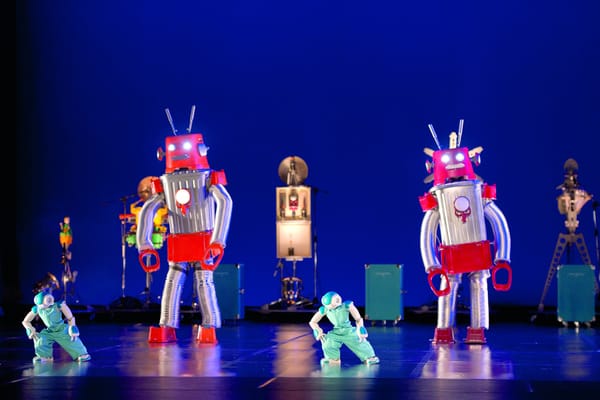Ballet Black | A rough-cut gem
Ballet Black will return to London on 1st April as part of the Barbican on Broadway programme, which runs from 31st March – 1st April

Ballet Black’s triple bill at the Barbican consisted of three works, which covered an eclectic range of compositions and dances. The first work, House of Dreams, was a non-narrative work consisting of three pas de deux and a finale to a diverse selection of compositions by Debussy. The compositions were not entirely disparate: all were solo compositions for piano, producing a minimalist atmosphere which was matched by the sparsity of props on stage and the simple lighting used throughout. Each piece conveyed a distinct emotional tone – the work opened with the melodic and whimsical Prelude from the Suite Bergamasque but proceeded to the haunting and introspective Des Pas Sur La Neige before finishing with the frantic and bold Passepied. However abrupt, these transitions were not jarring as they were confidently handled by the dancing pairs: in particular the partnership of Sayaka Ichikawa and Damien Johnson stood out as terrifically coordinated and emotive.
The second work of the first half was called Captured and was based on the seven movements in Shostakovich’s String Quartet No.11 in F minor. Originally performed in 2012, the work sees two pairs of dancers move back and forward across the stage in a territorial fight. Despite the orchestral accompaniment the style and lighting remained deliberately minimal. I particularly admired the costumes of the male dancers, who were dressed like farm labourers with a tucked in shirt and rolled up trouser legs. This prompted my imagination to question what type of story choreographer Martin Lawrance was hoping to tell, whilst the minimal setting left things ambiguous enough to let my own narrative take hold.
The final work, Red Riding Hood was a funny, bold, and at times salacious portrayal of the classic fairy tale. Choreographed by Annabelle Lopez Ochoa as a coming of age story, it sees a young girl break from her parent’s rules to discover her own sexuality and personality. For this, Ochoa explored the symbolism within the classic fairy-tale and crafted her own narrative from it, knitting together a well-balanced selection of nostalgic pieces by French composers such as Rene Aubry’s Monday and Armand Amar’s Le Petit Loup. The final result is thoroughly entertaining and both leads, Cira Robinson and Mthuthuzeli November, were well suited to their light hearted roles.
The lack of live musical performance was the only major flaw in this otherwise expansive production. One of the advantages of having a live orchestra is that it allows ‘feedback’ between the orchestra and the dancers. The conductor’s eye level will normally correspond with the stage floor so the musicians are able to respond dynamically to the performers movements, for example by extending a crescendo depending on the number of pirouettes a dancer manages. Without an orchestra individual performances become far more static and the choreography at times felt robotic and artificial. There were a few instances of this throughout the night, but for the most part the narratives were immersive enough that the pre-recorded music wasn’t an issue.
Ballet Black was founded in 2001 by Cassa Pancho, an alumnus of classical ballet at the Royal Academy. Shocked by the lack of non-white students and performers of ballet Pancho established the company with the aim of providing dancers of black and Asian descent opportunities in classical ballet. Sixteen years later this aim is still clear: “It’s all about the D word: Diversity” Pancho writes in the programme’s welcome letter. The idea being that diversity on stage will produce diversity at local ballet schools, which are the foundation of the “classical ballet food chain”. This will have numerous consequences, on stage and off: for one thing filling ballet recitals with non-white audiences. This was the case in the Barbican which, for a ballet performance, would have been unprecedented twenty years ago.
Pancho’s goal is gradually being realised: in August 2015 Misty Copeland became the principal ballet dancer at the American Ballet Theatre. Copeland – who as a young girl in working class Los Angeles was able to strike a partnership with the renowned instructor Cindy Bradley – is the first black woman to achieve this distinction in the theatre’s 75 year old history. Similar successes are occurring across the Atlantic: one dancer of immense renown is Yuhui Choe, a Japanese dancer with Korean parentage who is a soloist in the Royal Ballet in London; this position is also held by Eric Underwood, a talented black American dancer who discovered ballet at the relatively late age of 14.
There is still a lot of work to be done, as the historic associations of ballet in Russia, Italy, and France mean it remains a disproportionately white enterprise. This is exemplified by the difficulty faced by non-white performers in getting ballet shoes that match their skin tone: ballet shoes are traditionally manufactured in pink or beige tones, and until recently there were no ballet shoes for non-white feet. Instead black dancers had to cake their shoes in makeup before a performance. Following a request made on Instagram by Underwood, the manufacturer Bloch has now created a line of darker colours. Not all were so understanding of Underwood’s predicament: one Russian ballet company even responded “You are black, you should wear black ballet shoes”.
Whatever it lacks in technical finesse Ballet Black compensates for in bravado and panache, it is a thoroughly enjoyable spectacle that is bringing ballet to a diverse audience and is enjoyable regardless of your past exposure to ballet.









